First-level modules
Security Awareness Training / First-level modules
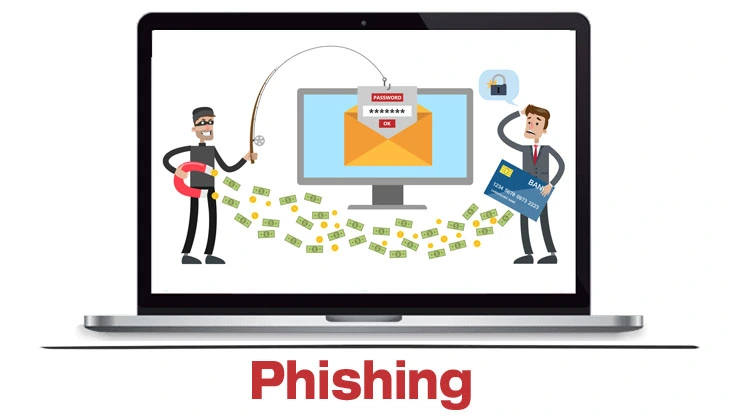
PHISHING is the most common attack technique used by cyber criminals. It is particularly underhand because it is based on a deception, which seeks to induce the potential victim to perform an action allowing the criminal to launch their attack. It is essential to recognise this in order to take the necessary countermeasures.
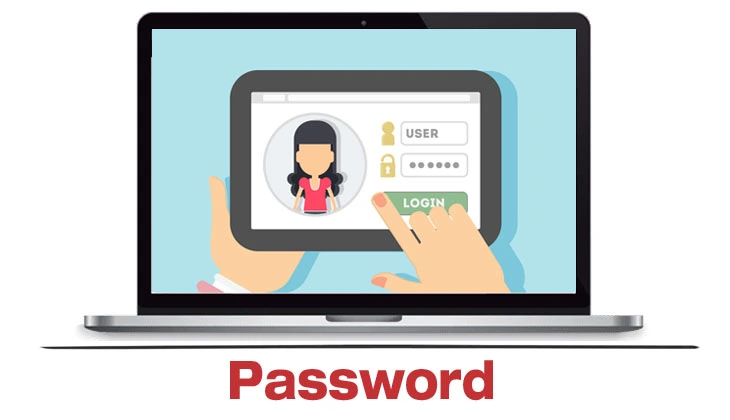
One of the pillars of Cyber Security is the PASSWORD: the access key to all those IT resources that must have guaranteed secure and confidential access. Managing PASSWORDS is therefore a basic element of defensive strategies for people and the organisation.

SOCIAL MEDIA is a new way of socialising that conceals multiple risks. Informed use of these tools is the only solution to protect you and your organisation from the potential risks of sharing individual and professional content online.
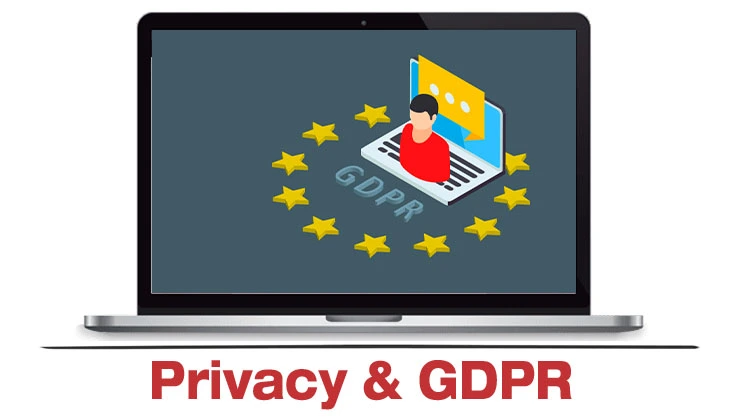
The introduction of the European General Data Protection Regulation has increased organisations’ sensitivity to PRIVACY and the protection of sensitive data. It is important that all members of an organisation become more sensitive to data protection.
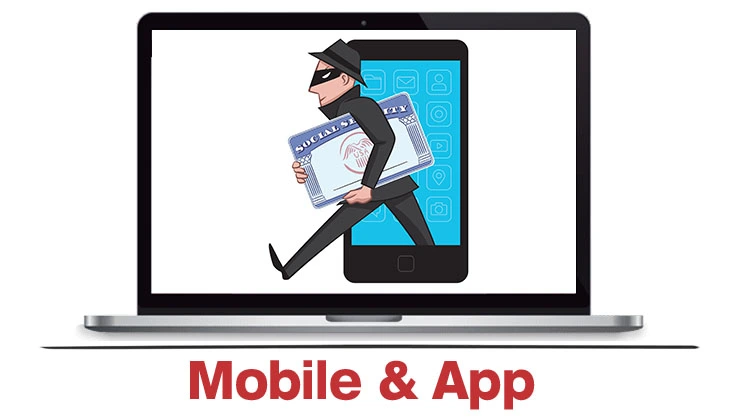
MOBILE DEVICES are becoming more critical tools every day and represent the riskiest overlap between the personal and professional dimensions. Only by enabling best practices for their use can we increase the level of security and data protection.

FAKE NEWSis a dangerous phenomenon that can have negative repercussions both for individuals and for organisations. To defend yourself, it is essential to recognise fake news through an investigative approach that helps correctly assess any information found online.

All USB devices, and in particular storage devices, are potentially critical points when it comes to protecting confidential information. Knowing the risks associated with USB devices is the starting point to avoid data theft.
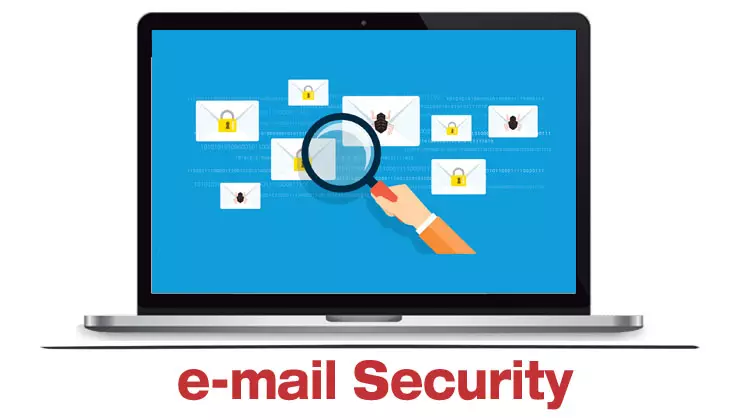
EMAIL is an increasingly important tool that plays a central and particularly critical role in professional life. EMAILS are often used to exchange sensitive information. Underestimating the security aspect can pose serious risks for you and your organisation.

MALWARE in general and RANSOMWARE in particular have quickly become prominent in the news, highlighting all their dangers. An ill-informed click is enough to infect your device – anti-virus software cannot guarantee total protection against these malicious programs.

Browsing the WEB can conceal many risks. Good knowledge of some specific features of websites and browsers in particular can help greatly reduce the level of risk. Knowing how to browse the WEB safely is a basic step to avoid cyber risks.

When interacting with cyberspace, there are some critical scenarios such as the use of Cloud platforms, rather than e-commerce platforms, both in B2B and B2C. These scenarios are all particularly exposed to the possibility of attack by cyber criminals.

Social engineering is the mother of all cyber attack strategies. It focuses on deception and psychological manipulation to pursue malevolent ends. To make the attack more effective, this strategy is focused on acquiring information about the intended victim.

Want to know more?

